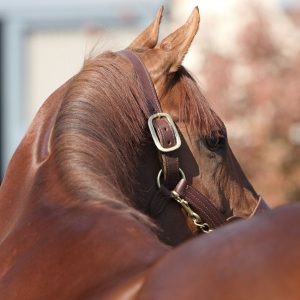
Put the Bloom Back in Your Horse’s Coat
Does your horse struggle with dull, flaky hair coat? Are his mane and tail dry and brittle? The quality of...
» View Article
Does your horse struggle with dull, flaky hair coat? Are his mane and tail dry and brittle? The quality of...
» View Article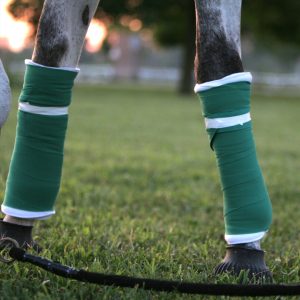
Allergens from feed, bedding or the environment (dust, mold, pollen) can lead to systemic inflammation that causes fluid to leak...
» View Article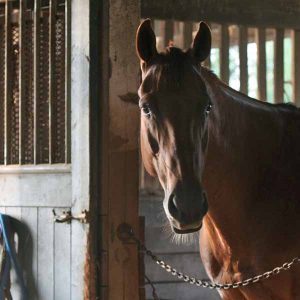
Most of us know that horses can suffer from equine gastric ulcers syndrome (EGUS), a condition where horses develop ulcers...
» View Article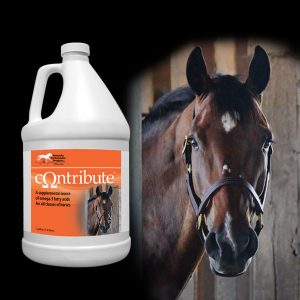
ContributeTM was developed to provide an easy and affordable way for you to add omega-3 fatty acids into the diet...
» View Article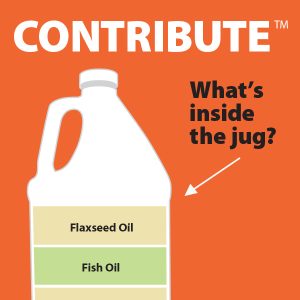
Click here to download a print version of this infographic. Text-only version of “Contribute™: What’s Inside the Jug” Omega fatty...
» View Article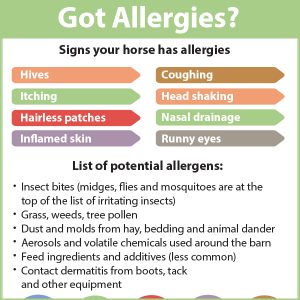
Signs your horse has allergies Hives Itching Hairless patches Inflamed skin Coughing Head shaking Nasal drainage Runny eyes
» View Article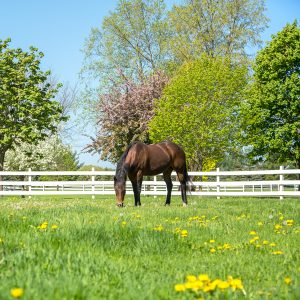
The days are getting longer, the mud is starting to recede, and you are ready to put away the winter...
» View Article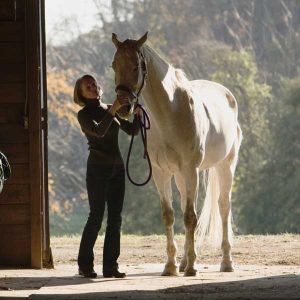
Horses 18 years of age and older are considered geriatric or senior horses. Some horses, like some humans, age more...
» View Article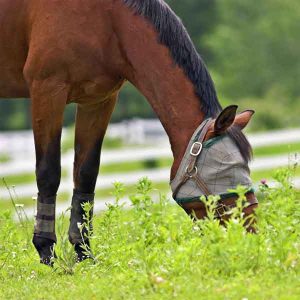
Summer seasonal recurrent dermatitis (SSRD), commonly called sweet itch or summer itch, is caused by a horse’s allergic reaction to...
» View Article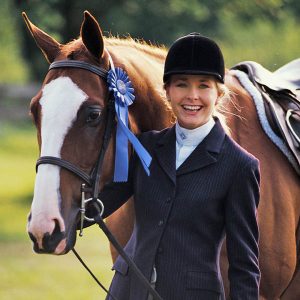
Omega fatty acids are known as essential fatty acids because they cannot be synthesized in the body and must be...
» View Article
Thoroughbreds experience a lot of stress on their joints starting at an early age. Daily wear and tear, injuries, conformation, and aging all contribute to damage that causes joint inflammation and pain. There is probably not a Thoroughbred coming off the track that couldn’t benefit from a joint supplement.
» View Article
On the track, constant exercise, frequent shoeing, and the demands of racing can put a lot of stress on Thoroughbreds’ hooves. Bad feet can lead to other issues, such as sore backs and hocks.
» View Article
Managing the easy keeper is anything but easy. The biggest challenge when feeding an easy keeper is meeting nutrient requirements without overfeeding calories.
» View Article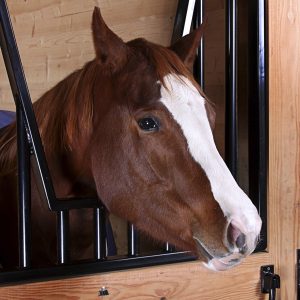
Whether a racehorse needs some downtime from the rigors of track life or a show jumper is on stall rest...
» View Article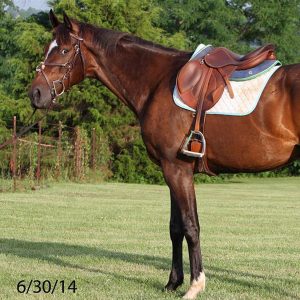
Hey everyone. So as a lot of know, young horses can be hard to put and keep weight on, especially our beloved off-the-track Thoroughbreds. They all seem to go through a strange awkward gangly stage, usually at ages 2 and 3. No horse knows this…
» View Article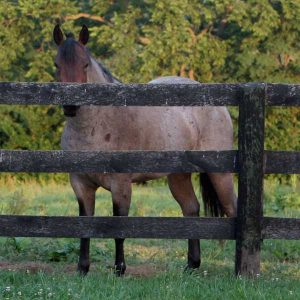
A better understanding of how the horse’s digestion system works has revealed that balancing forage intake with concentrate intake is...
» View Article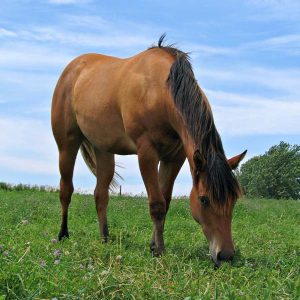
What is laminitis? Laminitis occurs when the tissues that connect the coffin bone to the hoof wall, called the laminae,...
» View Article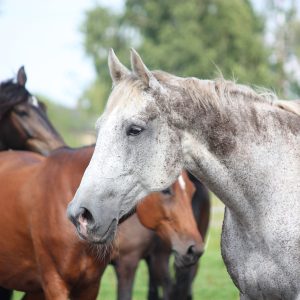
Over the past couple of decades improved management, nutrition, and veterinary care have contributed to increase longevity in today’s horse...
» View Article
"*" indicates required fields